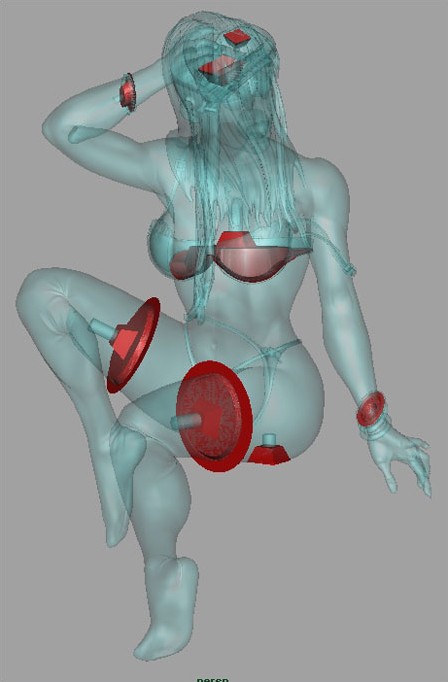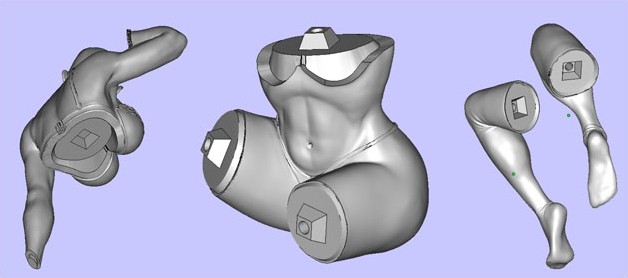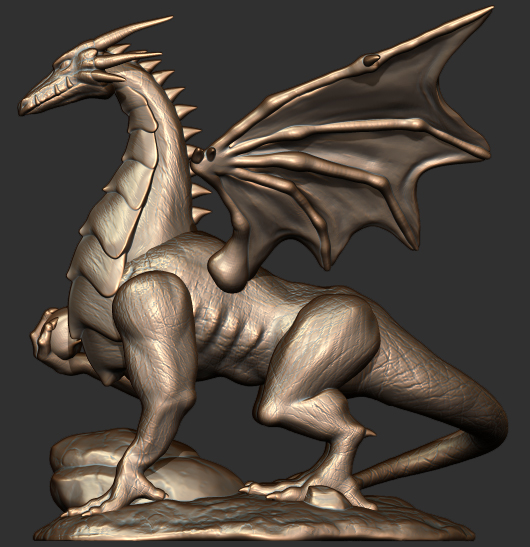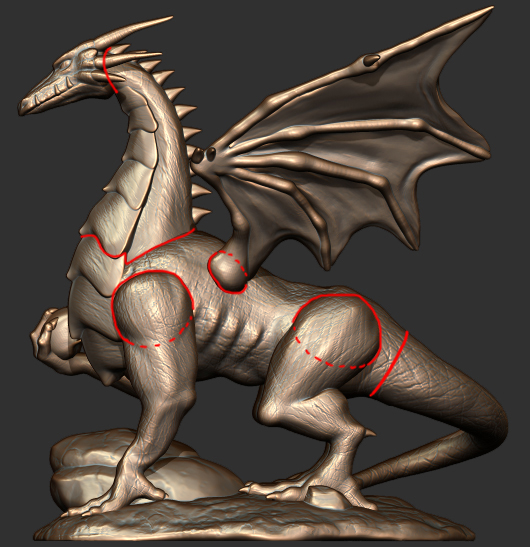Hello everyone!
First off let me thank you for taking the time to look at my problem. I really appreciate it!
Here is my problem. I want to print my dragon in 3D. I made all the body parts into subtools; body, head, neck, legs, and arms. I need to slice the parts and add joints. How do I do that in ZBrush? I only know how to use ZBrush and I do not have other 3D programs like Maya.
I was able to find a breakdown of this Mary Jane statue at http://www.3dtotal.com/index_tutorial_detailed.php?catDisplay=1&roPos=1&id=289&page=2#.VNPnPS4l18E. By Adam Ross. But you have to use Maya.
He is doing what I want to do in Maya. I want to do it in Zbrush. Any help would be great! Thank you
Attachments



